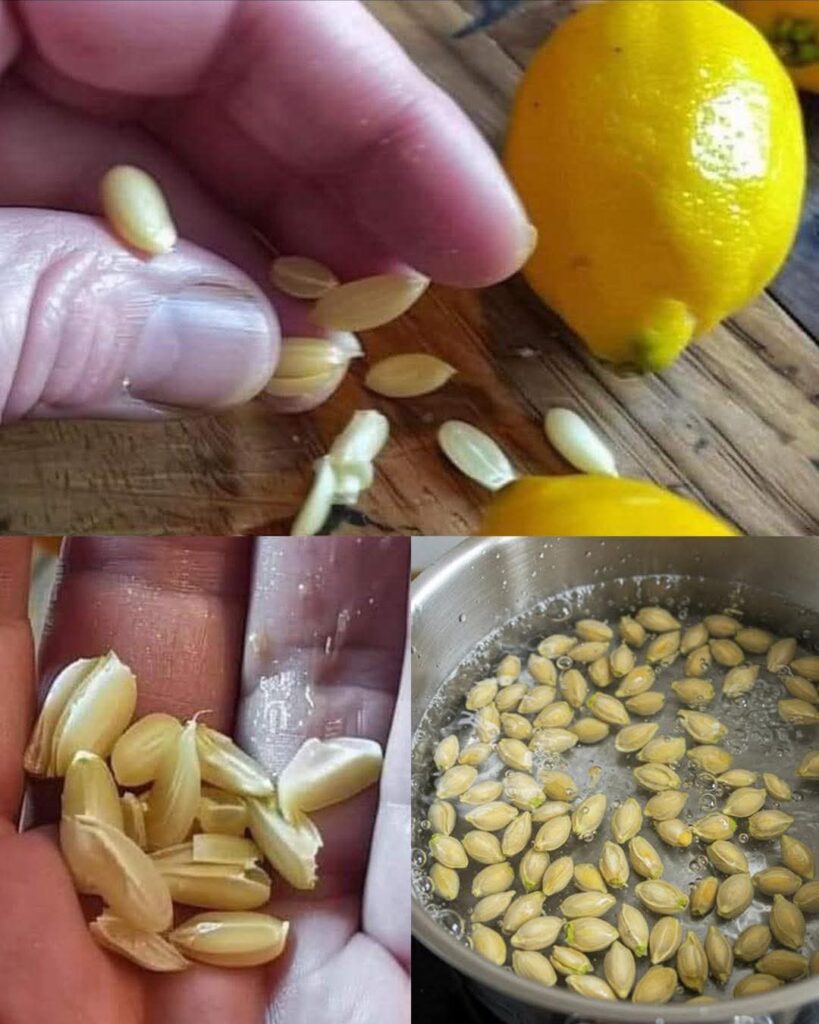How to Identify Benign and Malignant Lymph Nodes: What You Should Know

Lymph nodes are small, bean-shaped glands that play a key role in your immune system. They can swell for many reasons — some harmless, others more serious. Knowing the difference between benign (non-cancerous) and malignant (cancerous) lymph nodes can be important for early detection and peace of mind.
1. Size and Growth Pattern
Benign lymph nodes are usually small (under 1 cm) and may grow slowly or not at all.
Malignant lymph nodes tend to grow rapidly and may become larger than 2 cm, often without signs of infection.
2. Texture and Mobility
Benign nodes are typically soft or rubbery and can be moved under the skin when touched.
Malignant nodes are often hard or firm and fixed in place — they don’t move easily and may feel attached to deeper tissues.
3. Pain and Tenderness
Benign swelling, such as from a cold or throat infection, is usually painful or tender to the touch.
Malignant nodes are often painless, even when they grow large.
4. Location
Swollen nodes in areas like the neck, armpits, or groin are usually benign — especially if caused by recent infections.
However, persistent swelling in these or unusual areas (like above the collarbone or deep in the abdomen) should be evaluated, especially if there’s no clear cause.
5. Duration
Benign lymph nodes typically go back to normal within 2–4 weeks.
Malignant nodes often stay swollen or continue to grow over time, even with no infection present.
When to See a Doctor:
- If a lump is painless, hard, and growing
- If swelling lasts more than 3–4 weeks
- If there are other symptoms like night sweats, weight loss, or fatigue
FAQs
Can you tell if a lymph node is cancerous just by touch?
No. While characteristics like firmness and immobility raise suspicion, a biopsy or imaging is needed for a proper diagnosis.
Do all cancerous lymph nodes hurt?
No. In fact, most malignant lymph nodes are painless.
Can infections cause long-term swollen lymph nodes?
Yes, some infections like tuberculosis or mononucleosis can cause prolonged swelling, but these still differ from cancer in texture and systemic symptoms.
Takeaway:
A swollen lymph node doesn’t automatically mean something serious. But if you notice persistent, painless, and hard nodes, especially if they grow, consult a doctor promptly. Early detection can make a big difference.






